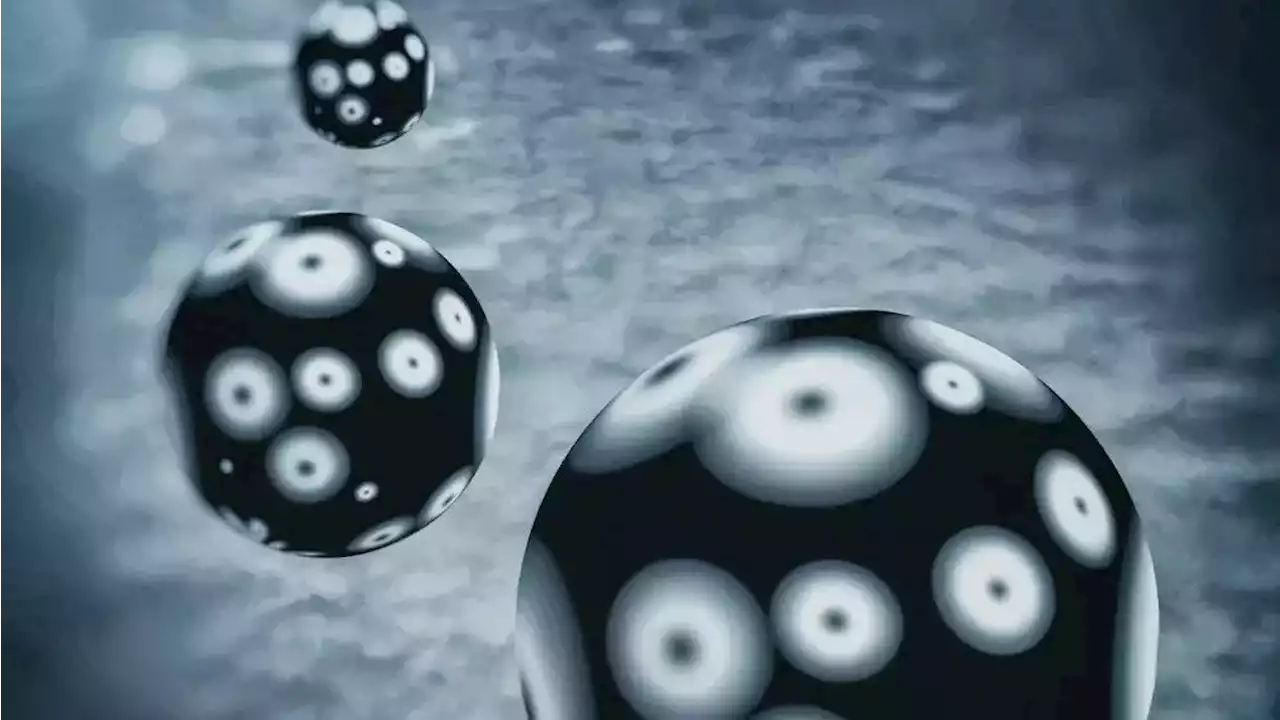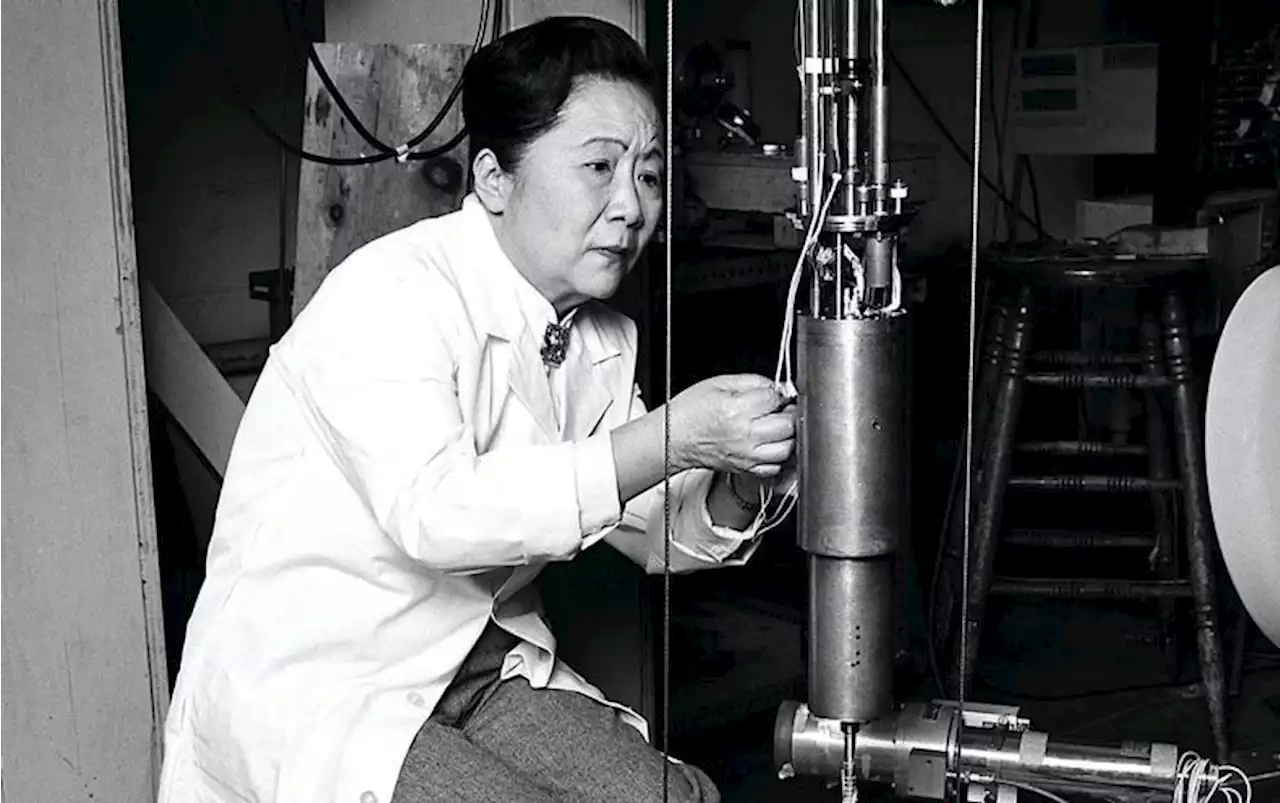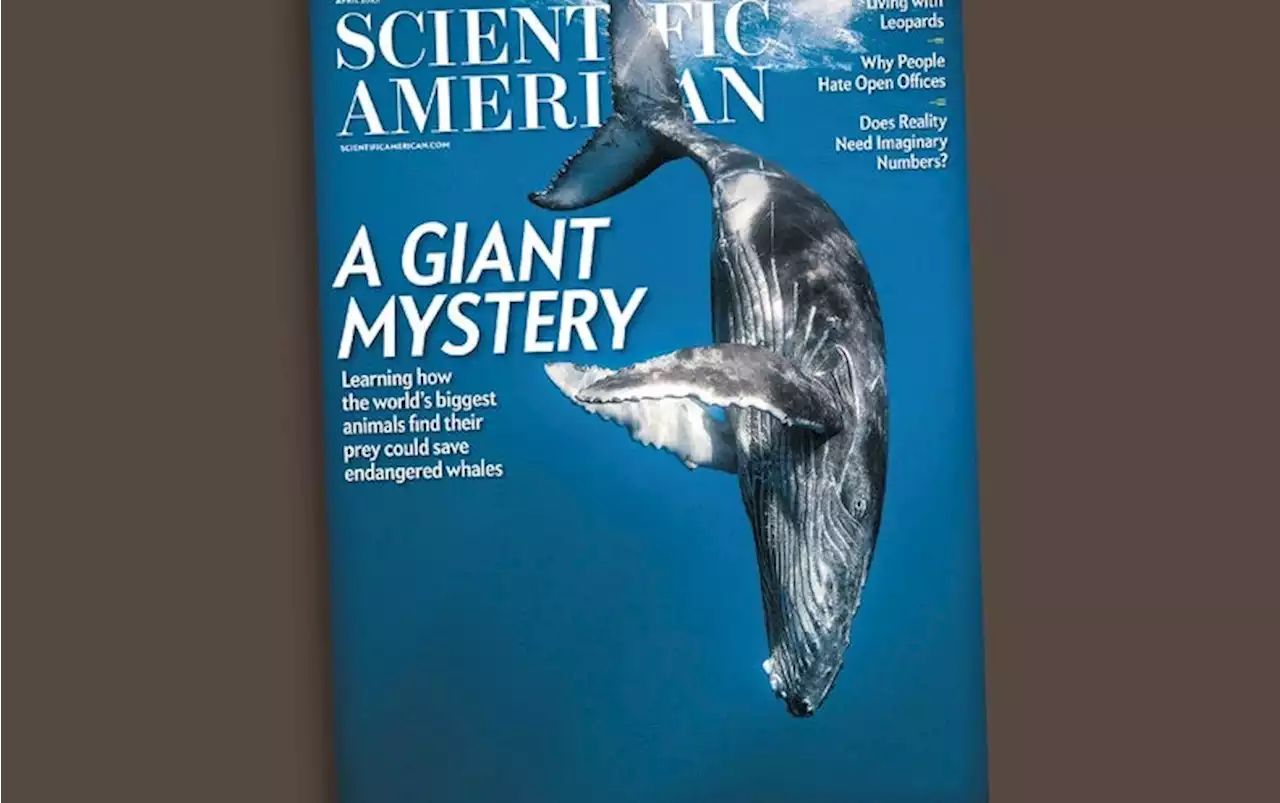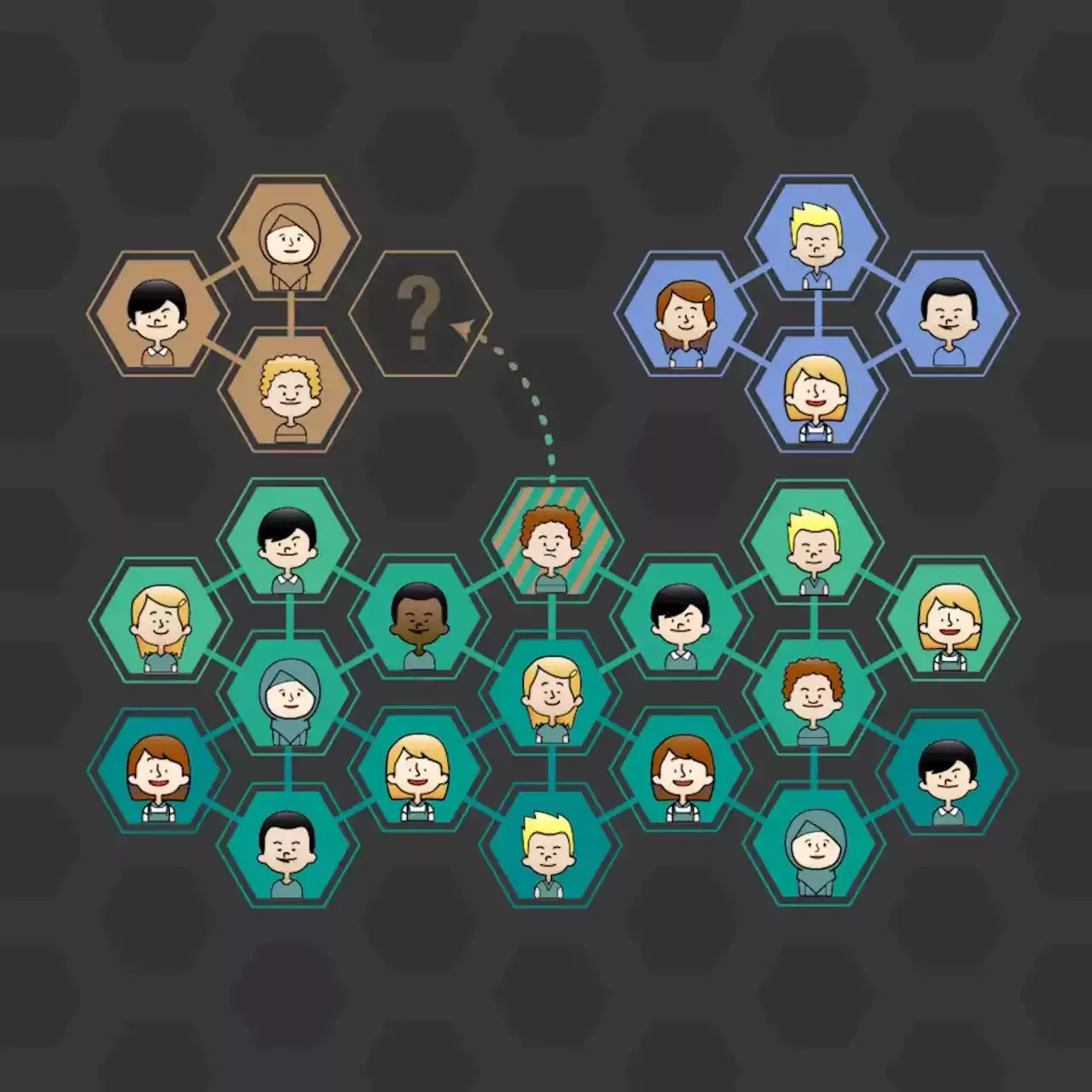The scientists at Complexity Science Hub (CSH) were able to predict the group sizes of people in a computer game by utilizing the average number of friends each person has. They modeled the formation of social groups using an example from physics, specifically the self-organization of particles with
The scientists atwere able to predict the group sizes of people in a computer game by utilizing the average number of friends each person has. They modeled the formation of social groups using an example from physics, specifically the self-organization of particles with spin.
“Although multiple models have been studied, little is known about how homophily and stress avoidance affect the formation of human groups, and in particular the size distribution of them – whether there are many small groups or few large ones, for example,” explains Jan Korbel from CSH and first author of the study. By using two contemporary fields from physics, called self-assembly and spin glasses, scientists now shed new light on social group formation.
Motivated by this, the research group developed a simple model for homophilic humans that is based on the mechanisms of self-organization of particles with spin.This model was able to predict the distribution of group size in the multiplayer online game Pardus. “Normally you would need to know the structure of the network and how it is designed,” Korbel explains the results, “here we only need to know how many friends a player has on average”.
Canada Latest News, Canada Headlines
Similar News:You can also read news stories similar to this one that we have collected from other news sources.
Major shake-up coming for Fermilab, the troubled U.S. particle physics centerIn an unusual move, the U.S. Department of Energy has quietly begun a new competition for the contract to run the United States’s sole dedicated particle physics laboratory.
Read more »
 'Ghost Particles': Scientists Finally Detect Neutrinos in Particle ColliderThe ghost, at long last, is actually in the machine: For the first time, scientists have created neutrinos in a particle collider.
'Ghost Particles': Scientists Finally Detect Neutrinos in Particle ColliderThe ghost, at long last, is actually in the machine: For the first time, scientists have created neutrinos in a particle collider.
Read more »
 'Ghostly' neutrinos spotted inside the world's largest particle accelerator for the first timeSignatures of neutrinos, or ghostly particles that rarely interact with others, were tentatively spotted in the Large Hadron Collider in 2021. Now, physicists have f confirmed they are real.
'Ghostly' neutrinos spotted inside the world's largest particle accelerator for the first timeSignatures of neutrinos, or ghostly particles that rarely interact with others, were tentatively spotted in the Large Hadron Collider in 2021. Now, physicists have f confirmed they are real.
Read more »
 Two of Uranus' moons may support active oceans, study findsThe Low-Energy Charged Particle instrument aboard Voyager 2 collected the particle data as it passed by Uranus about four decades ago.
Two of Uranus' moons may support active oceans, study findsThe Low-Energy Charged Particle instrument aboard Voyager 2 collected the particle data as it passed by Uranus about four decades ago.
Read more »
 The Little-Known Origin Story behind the 2022 Nobel Prize in PhysicsIn 1949 physicist Chien-Shiung Wu devised an experiment that documented evidence of entanglement. Her findings have been hidden in plain sight for more than 70 years. WomensHistoryMonth
The Little-Known Origin Story behind the 2022 Nobel Prize in PhysicsIn 1949 physicist Chien-Shiung Wu devised an experiment that documented evidence of entanglement. Her findings have been hidden in plain sight for more than 70 years. WomensHistoryMonth
Read more »
 The Best Habitats for Whales, Leopards and Office WorkersStrangely real imaginary numbers, an unsung founder of quantum physics and an endless AI conversation
The Best Habitats for Whales, Leopards and Office WorkersStrangely real imaginary numbers, an unsung founder of quantum physics and an endless AI conversation
Read more »
